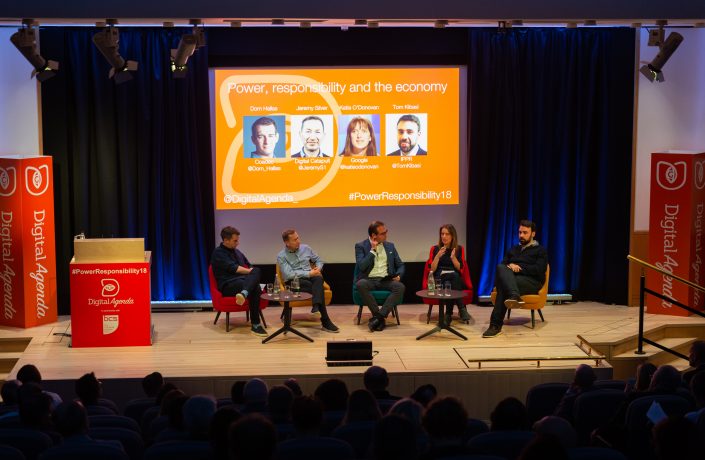 Insight
Insight
‘Digital first’ in NHS long-term plan
Posted on 8th January 2019
Digital will play a pivotal role in ensuring that the health service is fit for the future, NHS England says this week in its long-term plan – as health secretary Matt Hancock continues to press for digital innovation across the service.
Apps and more will give patients a “digital first” option for those that want it, as digitally enabled care goes mainstream over the coming decade, NHS England promises this week in its long-term plan for the future UK health service.
The 126-page plan forecasts that, in 10 years’ time, the “NHS will offer a ‘digital first’ option for most, allowing for longer and richer face-to-face consultations with clinicians where patients want or need it”. It also promises greater use of tech in preventing fatal diseases like stroke.
The strong emphasis of the new plan on digital innovation is part of a big push by health secretary Matt Hancock – formerly DCMS digital secretary – to ensure that digital delivers impact at scale across the health service. He set out his vision for embracing digital innovation, including with a new NHS app, in a speech in September.
The long-term plan promises to give all patients access to personal care plans and direct communications from professionals via the NHS app by 2021/22. The app, being rolled out across England, promises “a simple and secure way for patients aged 13 or over to access a range of healthcare services on their smartphone or tablet”.
The plan includes a chapter on digital technology that sets eight milestones to help digitally enabled care go mainstream. A primary care milestone says every patient in England will be able to access a digital-first primary care offer by 2023/24. And it promises a chief information officer or chief clinical information officer on the board of every local NHS body by 2021/22.
The NHS will create a new supplier framework for its suppliers, and adjust the formula it uses to pay GPs to encourage more digital-first practices. The formula has become the focus of a dispute with GPs, since the 2017 launch of Babylon’s GP at Hand mobile app with the NHS.
 Launching the long-term plan, prime minister Theresa May she wanted “to see the NHS make greater use of technology, not only to make healthcare safer and more effective, but making the most of exciting new possibilities and giving you greater control over your own care.”
Launching the long-term plan, prime minister Theresa May she wanted “to see the NHS make greater use of technology, not only to make healthcare safer and more effective, but making the most of exciting new possibilities and giving you greater control over your own care.”
May said the focus on prevention, backed by tech-enabled testing, could save up to 500,000 lives.
In a Commons statement, Hancock promised “access to new digital services to bring the NHS into the 21st century”, with “newer technology with new priorities, fit for the future, so it is always there, in our hour of need”.
Hancock stressed that the plan would focus on the most common causes of mortality, including cancer, heart disease, stroke and lung disease. The NHS would use more cutting-edge scans and artificial intelligence technology, to help provide stroke care.
NHS Digital chief executive Sarah Wilkinson said: “We are particularly pleased that the plan recognises the extent to which new and improved technology and digital services can enable many of the goals set out, all of which we whole-heartedly support.
“Over the coming years we in NHS Digital, working closely with our partners across the system, will work to make digital access to health and care services as pervasive as it is now across other sectors.”
Hancock promised to uphold the “core principle” that the NHS should be “available to all, free at the point of use, according to need, not ability to pay”.
As the NHS moved into its eighth decade, it would see funding growth of 3.4% a year in real terms over the next five years. That would see the NHS budget rise from £155bn this year to £148bn in 2023/24.

